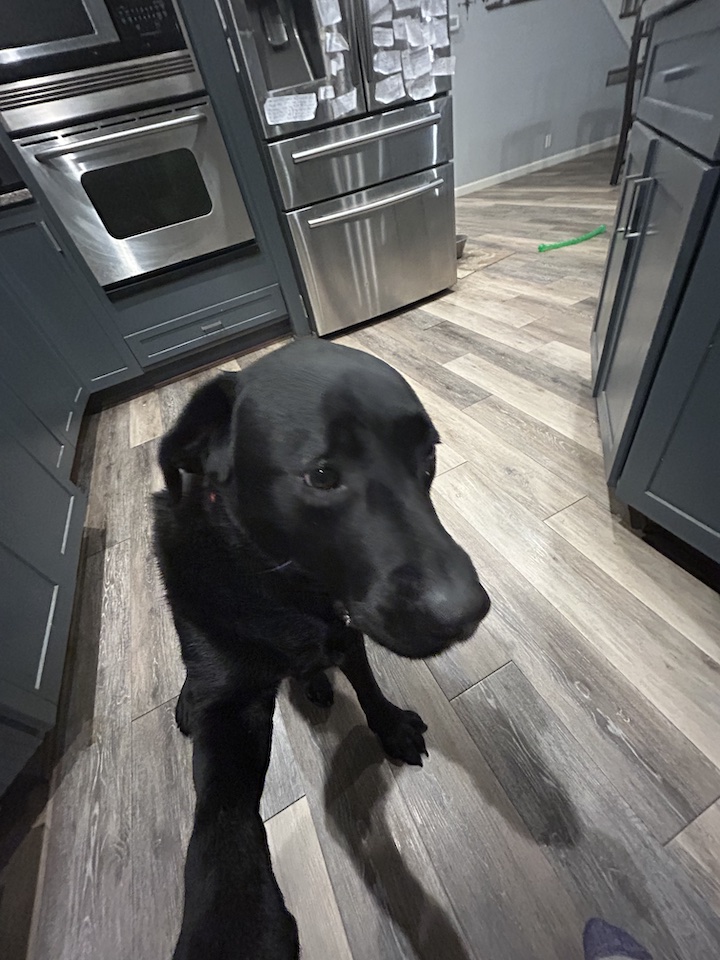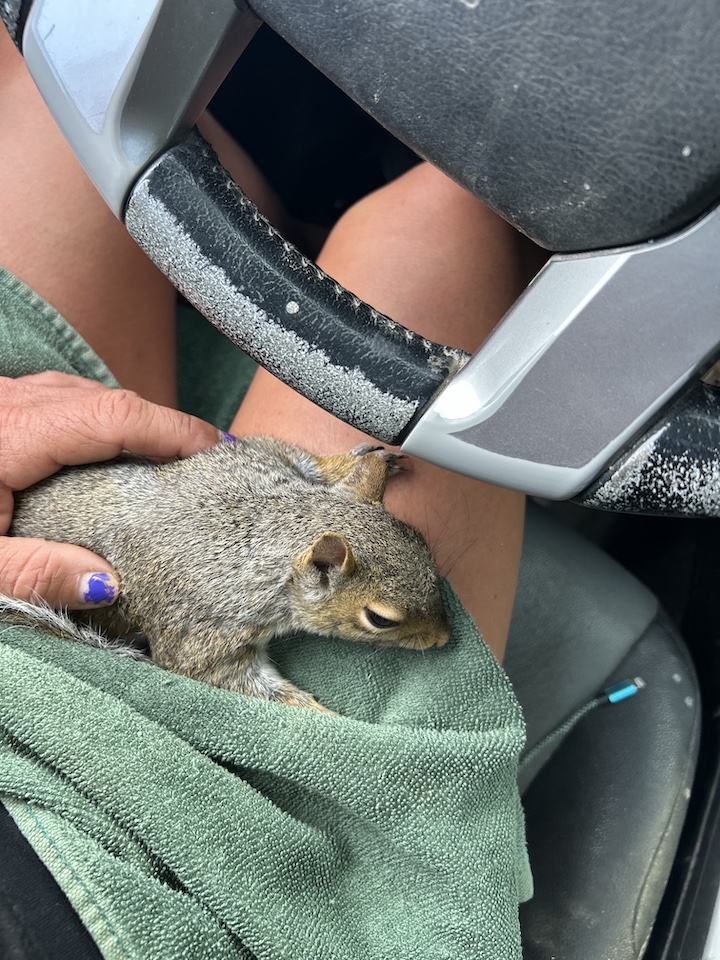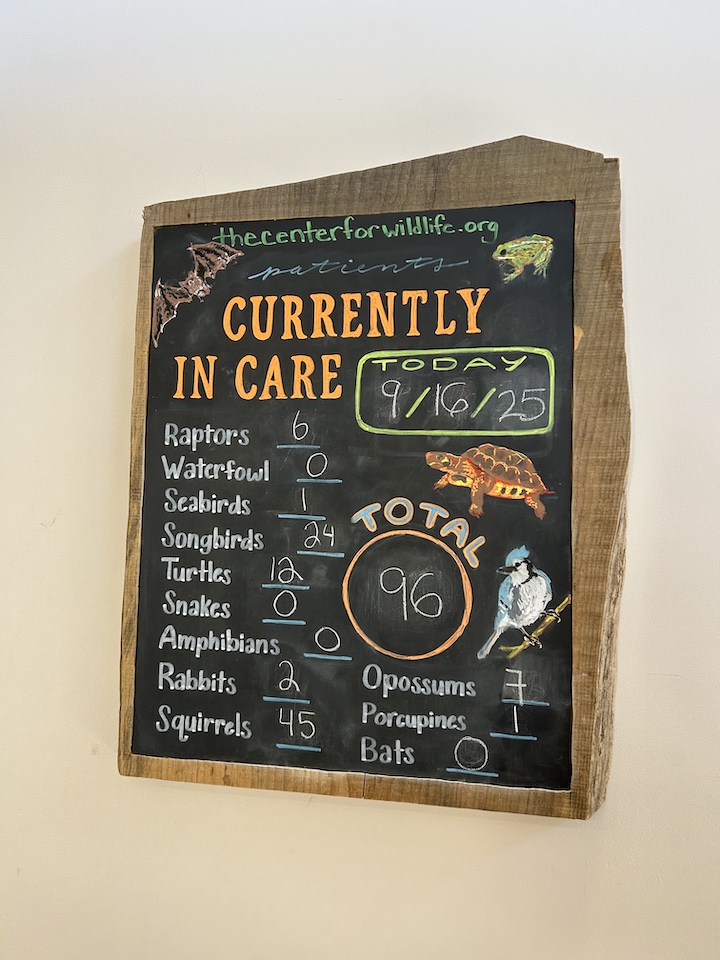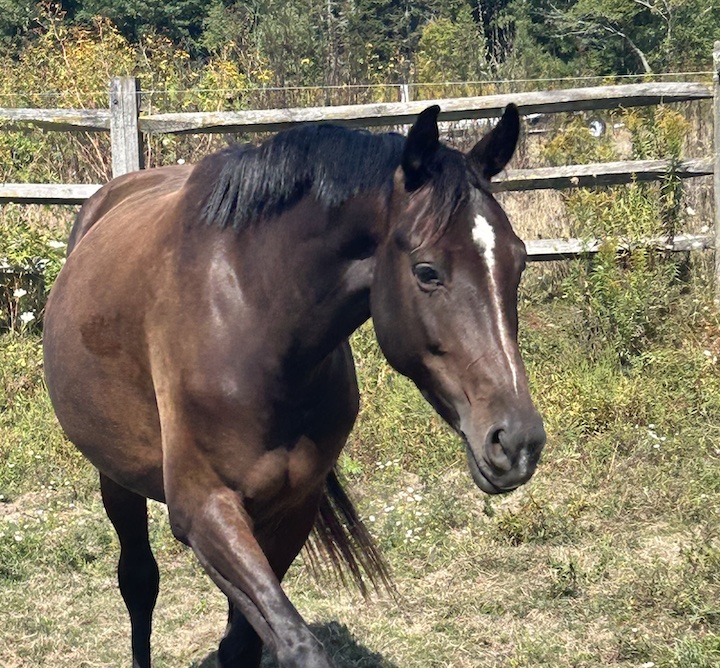How many of you have pets that lick you or themselves excessively? I’m not talking the pet’s that lick rugs, walls, grass, etc… That kind of licking usually is a result of digestive issues.
But animals that lick humans, themselves, or other animals, those pets are healers.
They are highly sensitive to energy absorbing, energy healing, and energy clearing.
I have one. He licks me constantly, he licks himself like a cat, he licks his fur siblings, he licks my kids. He even licks guests!
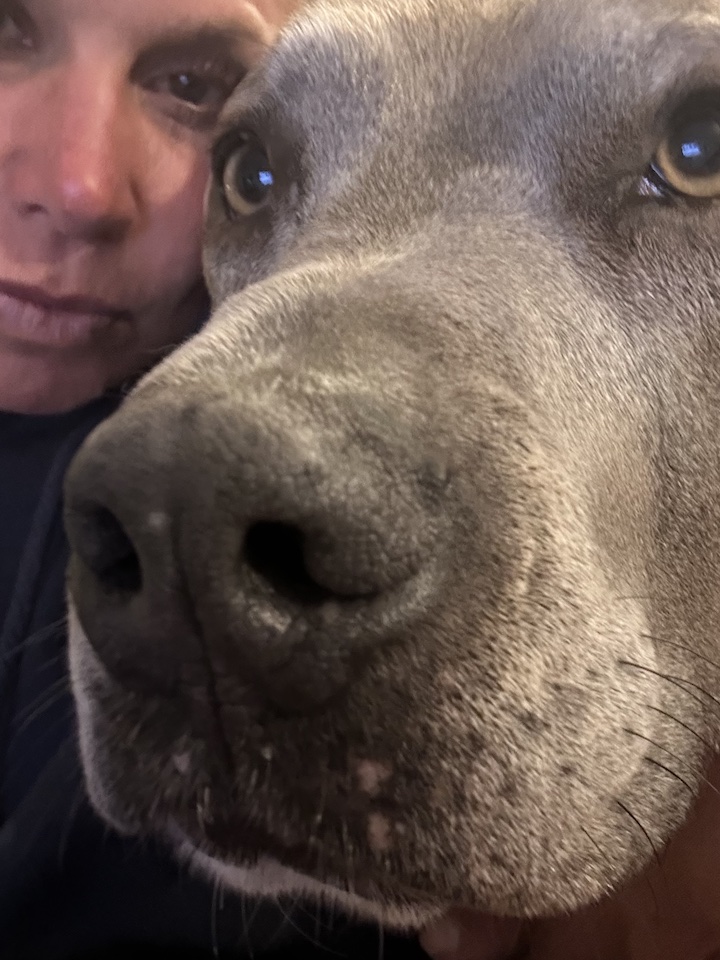
These animals lick more than normal. A lot more than normal. Why?
They are clearing and removing unwanted and heavy, negative, low vibrational energy from their body or from the body of others. Licking is a way for these animals to remove the energy. They are healing us, they are helping us, they are removing it from themselves and others so they don’t become ill.
Normal means of removing it (wind, sun, bushing, flicking, zoomies), are NOT enough because they absorb so much more than most animals. They are also highly sensitive so it feels heavier and more uncomfortable on them than it does on most animals. So they lick it off.
BUT… guess what? These animals often have digestive issues, stomach issues, and diarrhea occurrences. They ingest the energy into their body. They also tend to have skin issues.
Is there any way to help them? Yes. These animals need more flicking (your hand flicking the energy off them gently), more brushing (brush the energy off), more sun, more wind, more fresh air, more running. All of these things help them. But even so, it is often not enough. They’ll still need to do a lot on their own.
These animals truly are special healers sent to us in this world to sacrifice their comfort in order to help others. They know it. They accepted the job. They are honored to do it.
If you share your life with a special healer like this, thank them for their service. And do everything you can every day to help them clear their energy. Allow them to lick (you, them, others). It’s their job, their purpose. Help them clear. Try to manage your energy so they have less “work” to do.
If you have one of these animals you will be SURE. Because when I say they lick more… its not just a little, its A LOT. It’s annoying until you understand WHY.
Photo is of my “licker” and healer, Titan.

